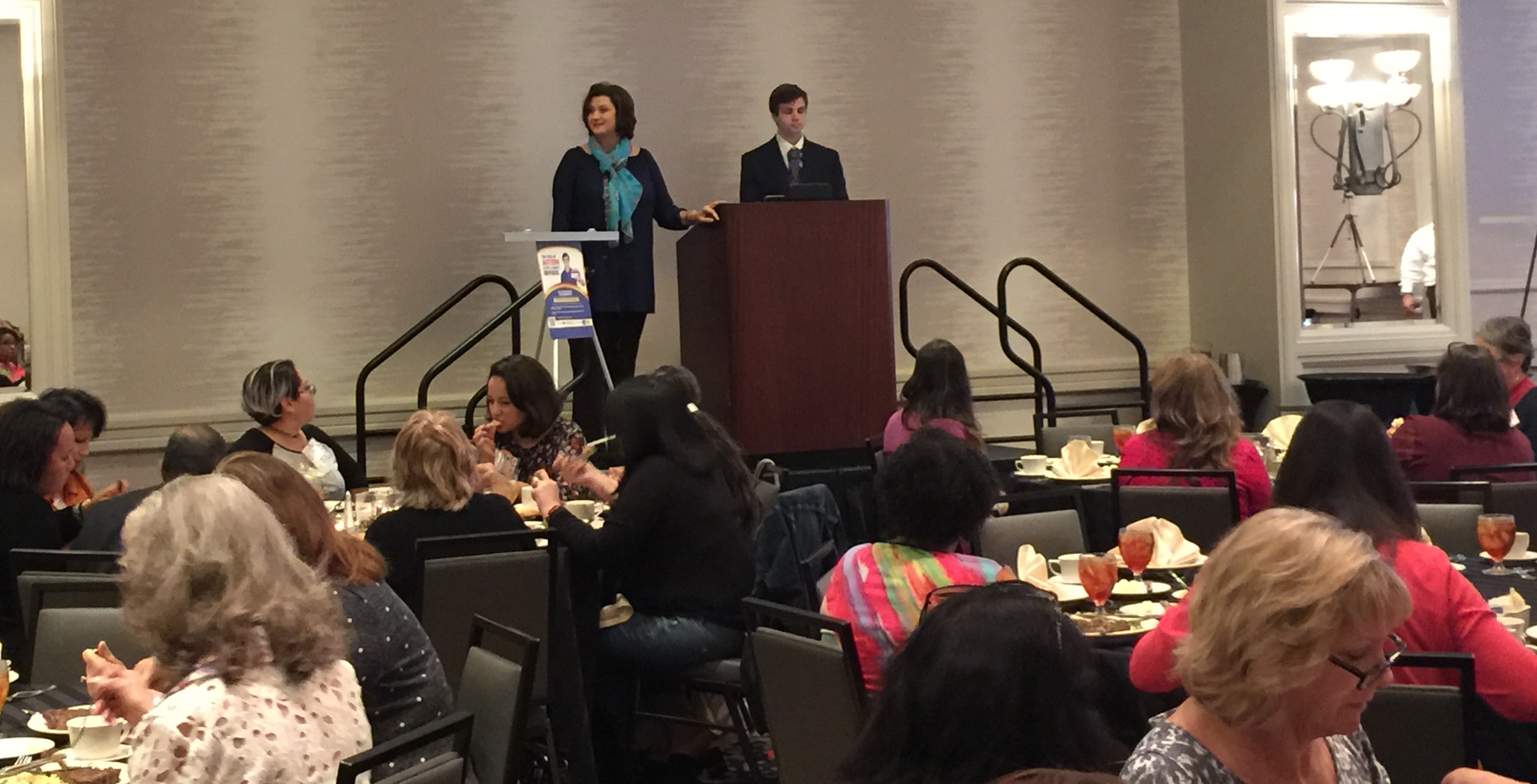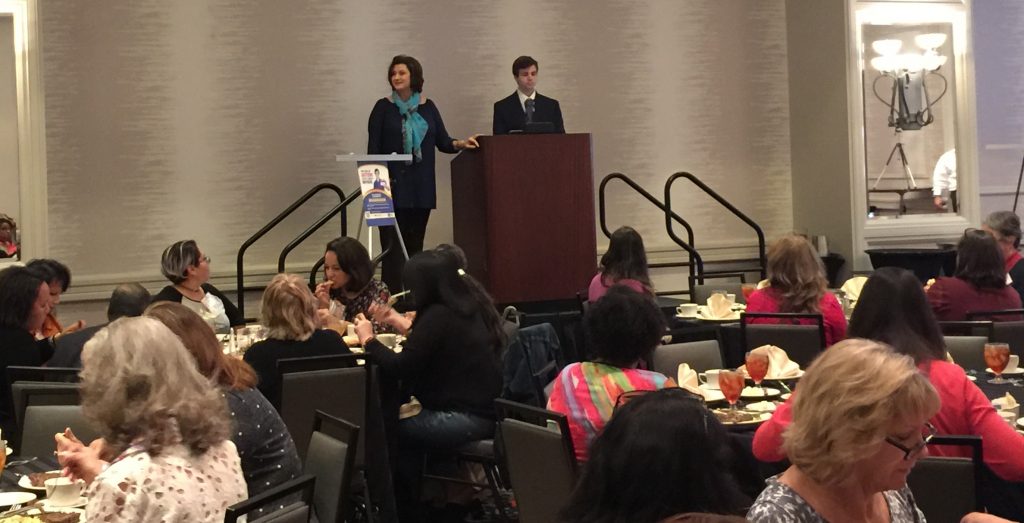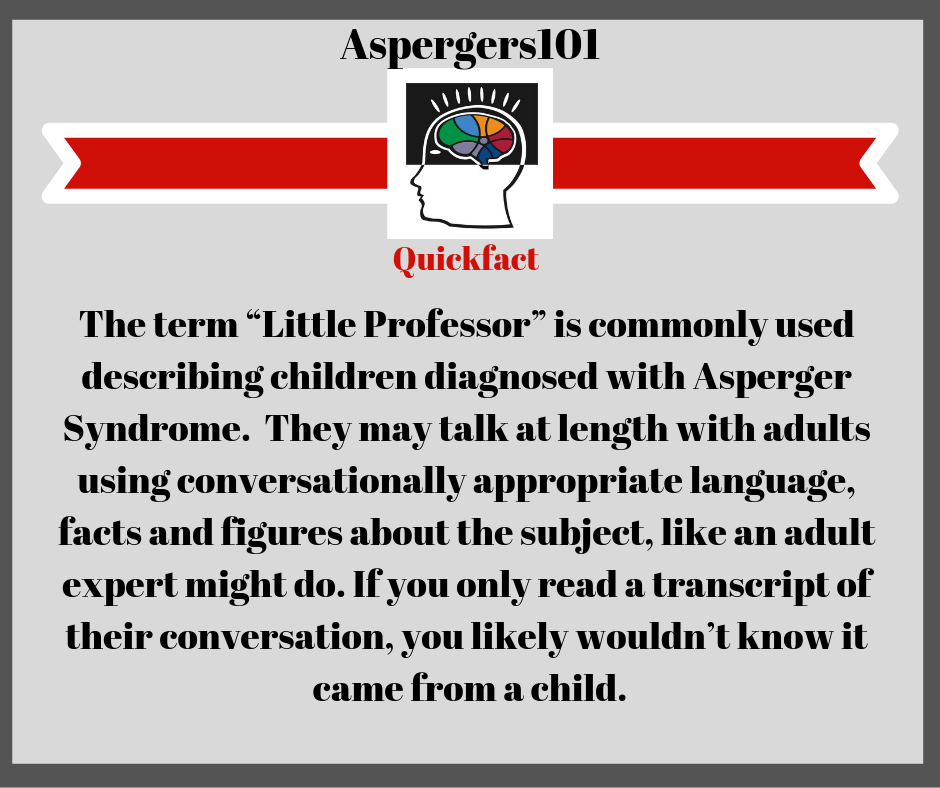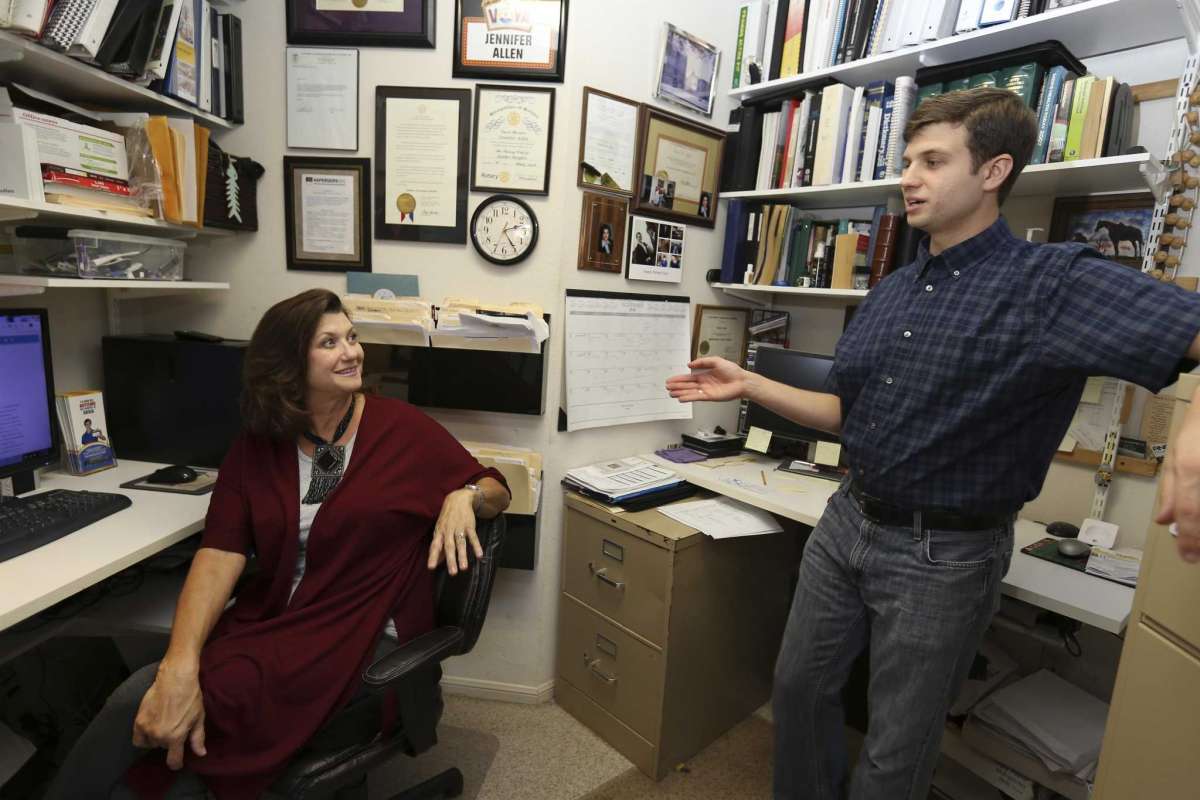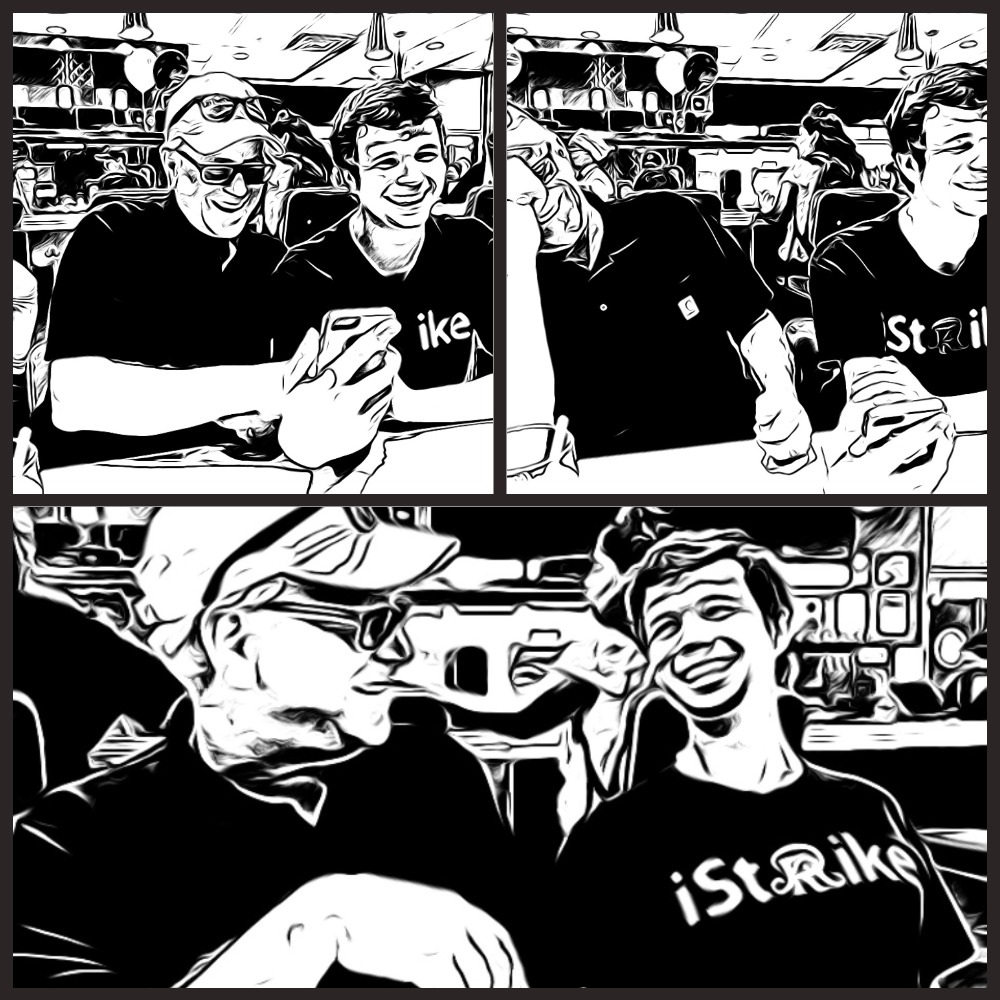The Either Or Trap
I have three questions for you…
1. How many times a day, a week do you find yourself with a big old stressful decision?
2. How many of those decisions are simple and completely straight forward?
3. How many times does it feel like you’re saddled with two crappy choices?

The human brain is fascinating and capable of many feats! It’s also prone to getting stuck. When making decisions, one of those sticking points is the Either Or Trap. You know what I mean, EITHER you do this OR that. Here’s why this is oh so common: your brain gets fixated on your habits of perception – the way you see life, people, situations, and then shuts down to any other options. It’s as if there really are only these two options. This is problematic because you literally can’t see other possibilities so you most likely aren’t going to seek out more solutions and people with opposing perceptions. You then make EITHER this decision OR that decision.
This can feel oddly good at times, like any habit can, yet you also know the sweet freedom that comes from breaking a bad habit.
How can you avoid the Either Or Trap?
- Acknowledge the tendency for the TRAP
- Ask what if these didn’t work…what else…
- Seek out people who think differently than you
- Set a timer – mind dump as many possibilities as you can saying AND
- Ask what you really want to see – as in wouldn’t it be GREAT IF…
You can absolutely expand your perception. This expansion cultivates more options that are actually connected to your purpose. You then have the freedom to experiment.
Let’s look at an example to see it in action…
Your child doesn’t like trying new things – change can be tricky for them because it’s such an unknown. Unknown has been code for it’s scary and must be avoided. Yet, you know it would be helpful for them to expand their repertoire. And necessary.
They don’t wanna so they yell, argue, heavily complain, and shut down.
You EITHER:
Start to think it’s not worth all this extreme hassle and pressure so you let it go…
With that, may come it’s all on them – go do what they want to do – fine, whatever.
OR:
You think they have to learn sometime so come hell or high water now is the time!
With that, may come it’s all on them – sink or swim, baby.
It often comes down to extremes.
The Either Or Trap is all about two extremes.
What if there were other options? I assure you there are…
It’s just that in the heat of the moment with your pattern of survival it’s hard to see – literally your brain has defaulted where you can’t see beyond the two extremes.
Let’s look at expanding perception…
- Define what’s blocking the new experience attempt – what is IT (anxiety, disinterest)
- Address the specifics – get to the root of fear with AND what else – not the symptom
- Develop parameters – what will the attempt look like, how long, and debrief plan
Let’s look at potential options…
- Bust out your calendar together – what are the daily, weekly tasks and activities?
- How much calendar time builds the skills and attitude you actually want?
- What do you actually want for them? for you? for siblings? for whole family?
- Brainstorm topics and situations they know nothing or very little about.
- Choose a topic or situation to experience for a set period of time – experiment.
Clarity of focus about what you actually desire breeds connection with what you actually want to do. All the doing and trying without connection keeps a cycle of doing and trying. This breeds fatigue, frustration, and eventually forget-it-ness.
Continue ReadingAfter decades of hard work on social development, Sharon has come to recognize patterns and themes driving disconnection with self and others. Getting to the root is what it’s all about. Her diverse background with all things special needs includes early interventionist, case manager, foster home developer, trainer, teacher, consultant, and coach. Her mission is to build mission focused leaders for organizations who serve families. missiondriven123.com
Contact: sharon@missiondriven123.com

